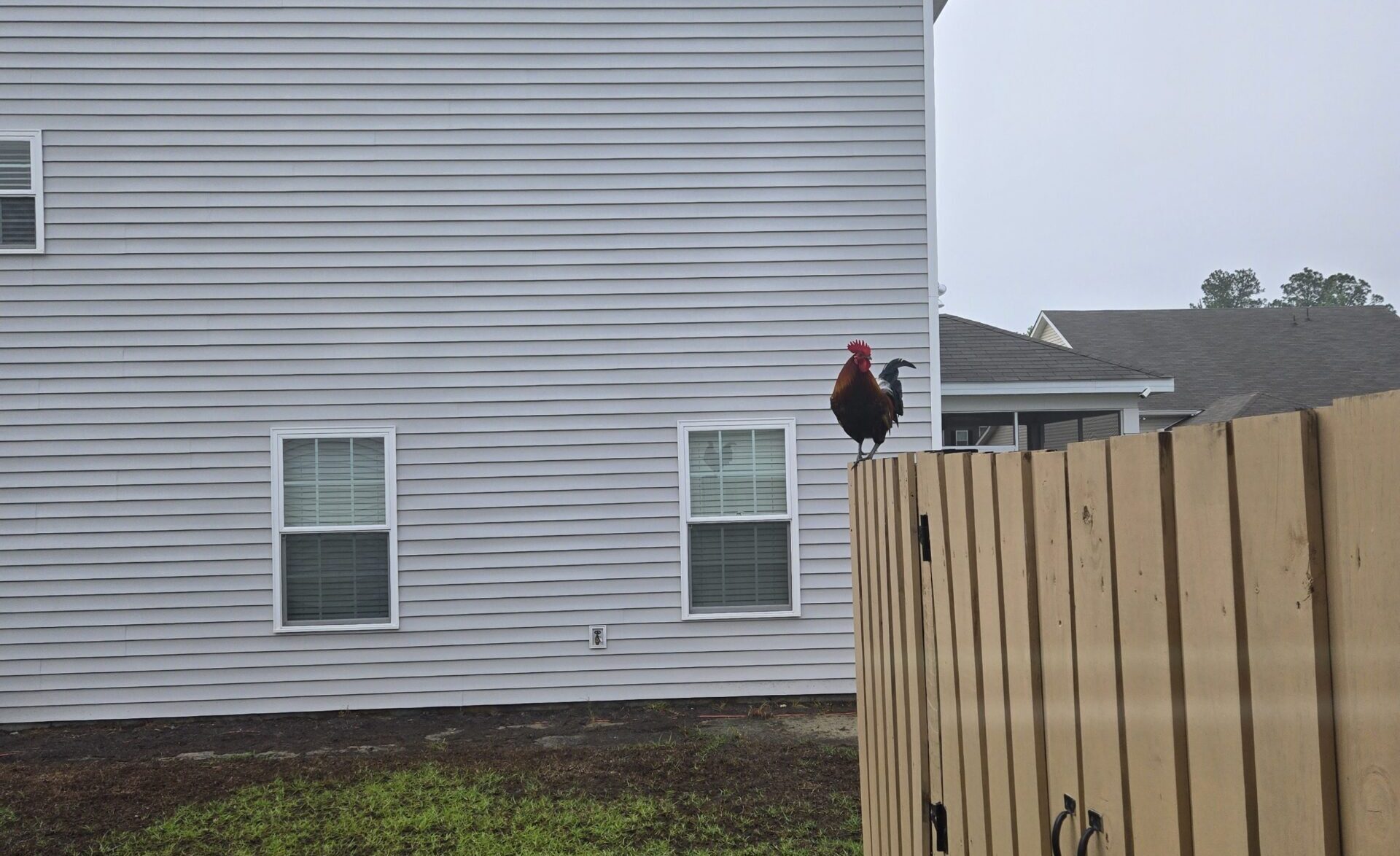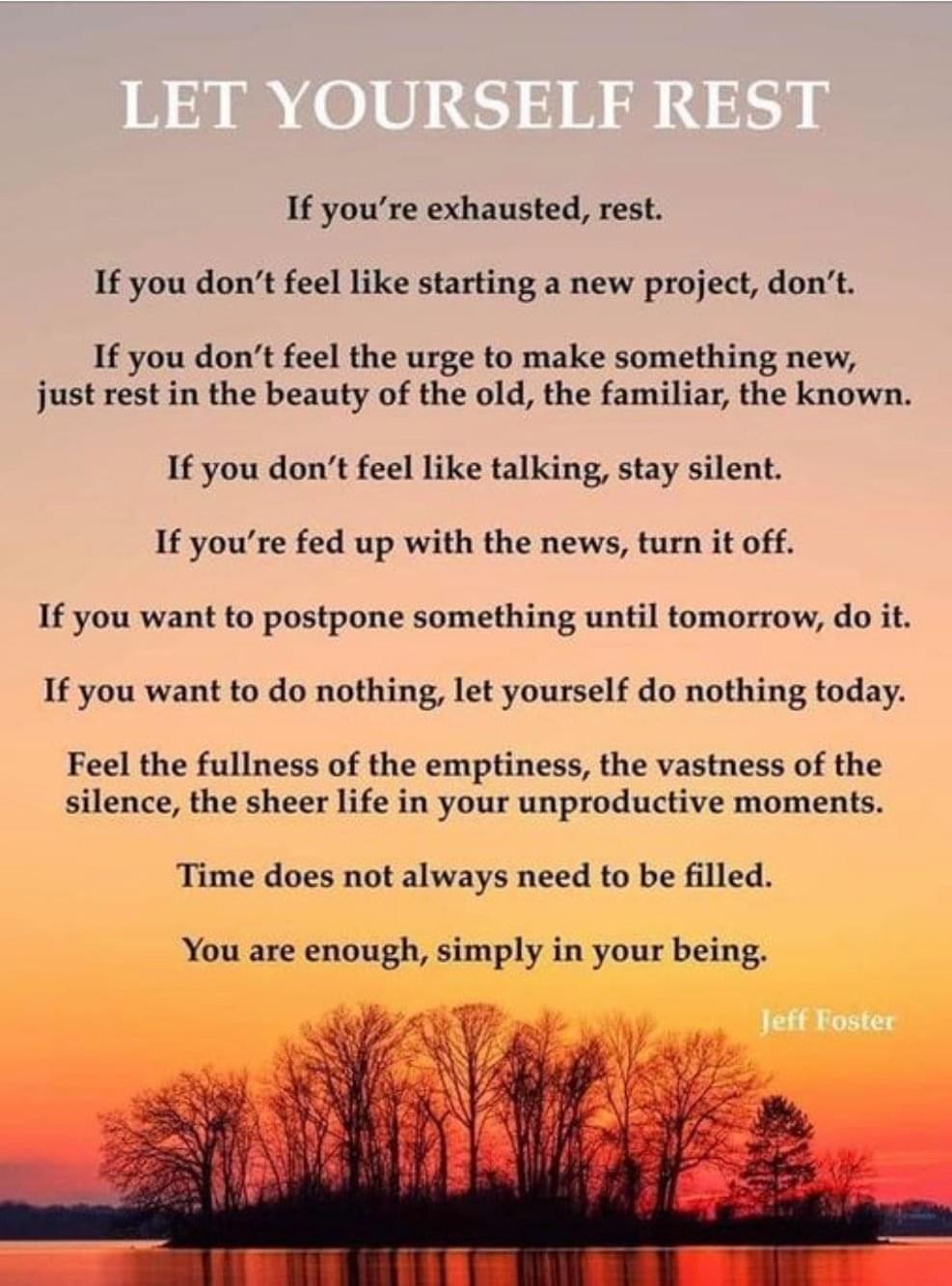Before the expeditious change the human race suddenly shifted into these past two weeks, this post was written for February when I was looking out of the window onto Michigan Avenue from Starbucks, feeling very euphoric about my hometown. Good ole Motown music playing in the background caused my thoughts to drift off into consuming images of how to find jewels in the darkness. In most cases when darkness is described people initially think of a scary place, a lonely place, a low-ly place.
A Scary Place
The world as we knew it has changed. Many are saying, “We are in a scary place” while others may be confessing, “We are simply transitioning closer to what matters.”
When a dark environment is a person’s existence, sight is the first thing that typically goes and panic rushes in like a flood. For example, feeling lost in a new world where every person can potentially be a threat gives no sight into who to trust. In regards to simple relationship struggles, when you know you’ve experienced a good thing in your life but you don’t even believe you’re worthy of the good thing and so you sit in the darkness of psychological self-rejection. What about just simply sitting in a room where the light suddenly goes out, how we immediately panic and think “what just happened?”
Aren’t we constantly asking, “What just happened?” 
The unfamiliarity grips like fear. The thought of “I can’t see what’s next” creates the emotion of fear, which sends signals to your brain that it is time to freeze, flee the scene, or fight, which in all responses stirs up anxiety. You know that gassy feeling in your stomach that makes you suddenly feel weary or poop-ish.
In the room, when the lights went out or when the number of deaths from the virus began to increase, or when your lover did not answer the phone or return your call – the change of light glared your vision of how much control you really have. Caution yourself, it only takes a moment before your eyes readjust themselves to the new natural light – so do not panic. Change will produce a new normalcy.
Once your eyes readjust to the natural light in the darkness, as you navigate this new place, remember your sight is still a bit hazy from the lights going out on you. Now that we are in a different space, be mindful that the tack on the floor that you would ordinarily see in a lighter room now is unseen due to the position of the light in the dark room. Another test to test your caution light signal.
You will feel things in the darkness that you may not have felt otherwise in a brighter atmosphere, like a stubbed toe, if you wander around too fast as though you can see everything, because you cannot. The edge of the dresser was not exactly where you remember it being from when you walked the familiar path in the light and so now, moving as if you know the path of the room in the dark, will cause you to stub your toe.
This experience can awaken inconsistency from what you are used to. Inconsistency can change how you walk around in the dark and the light; therefore, what can you be consistent with while you are in the dark? Might you need to change your beliefs about a person or situation? Or what needs to change in you? 
The jewel from this scary place can be real simple. When you are in a dark space do not become overwhelmed by the fear of losing control due to what you cannot see with your eyes. Scoot your feet around, glide the area slowly and feel for strange objects, different emotions that were not there before and give those items some attention. Do not take for granted that just because you know the area so well, you can move without caution or sensitivity. No matter whether that loved one responds the same way each time you reach out or the shift our world is in continues for another week or two, every day is still a new day for that loved one AND for YOU to make a different decision in the dark space. The real question is how do YOU bring the light? 
Stretch your arms out and feel for walls, hard places to guide you through the dark space for safety. Move cautiously, but DO KEEP MOVING.





